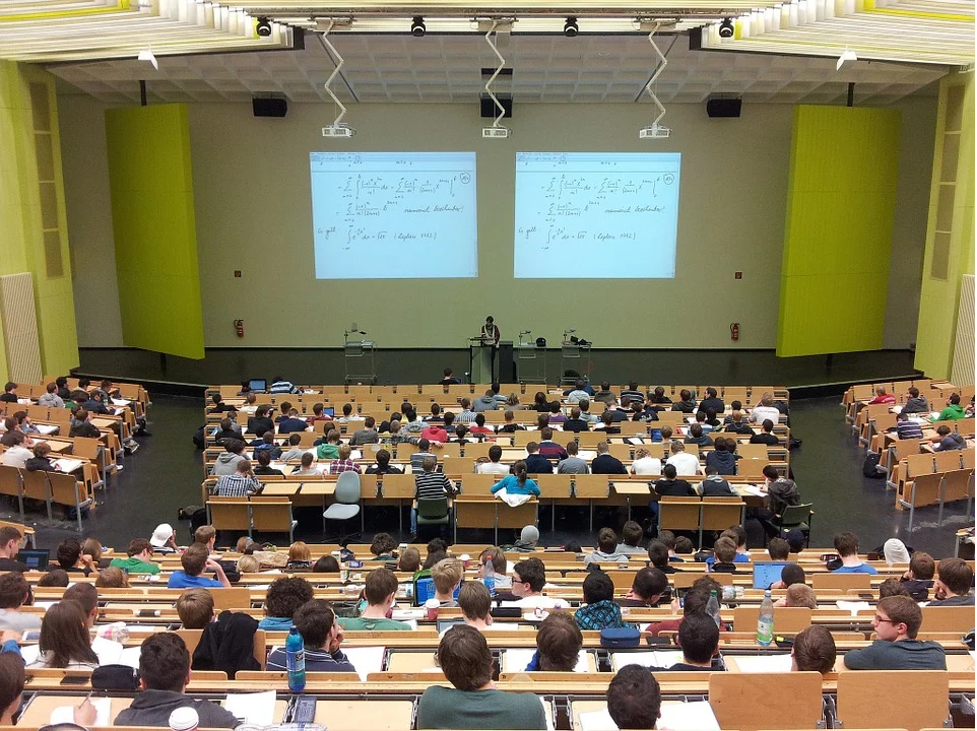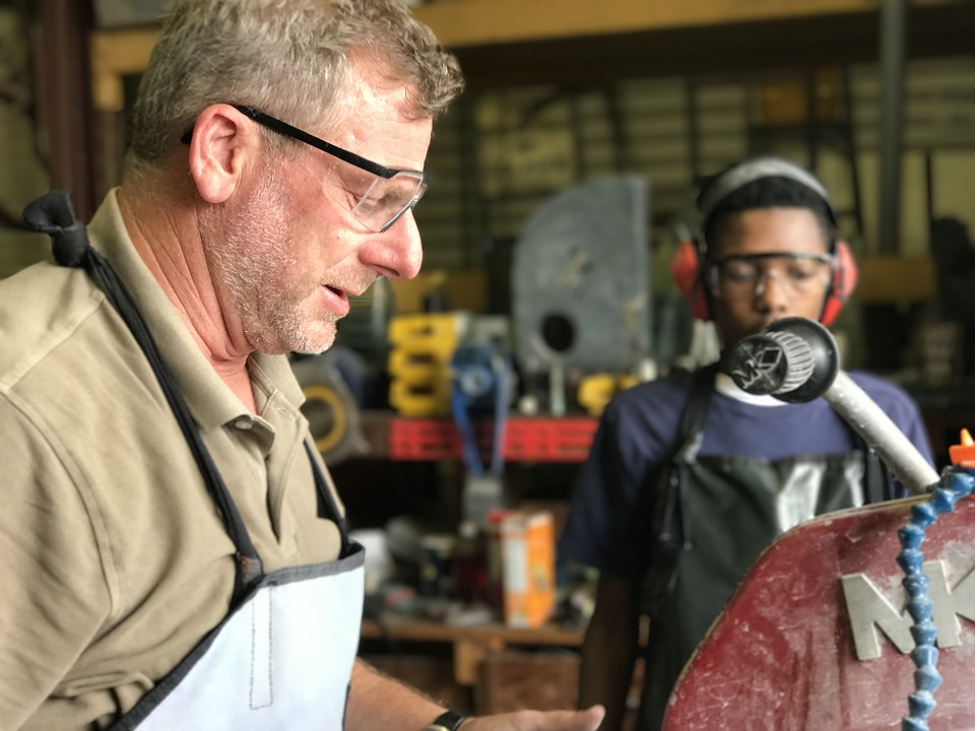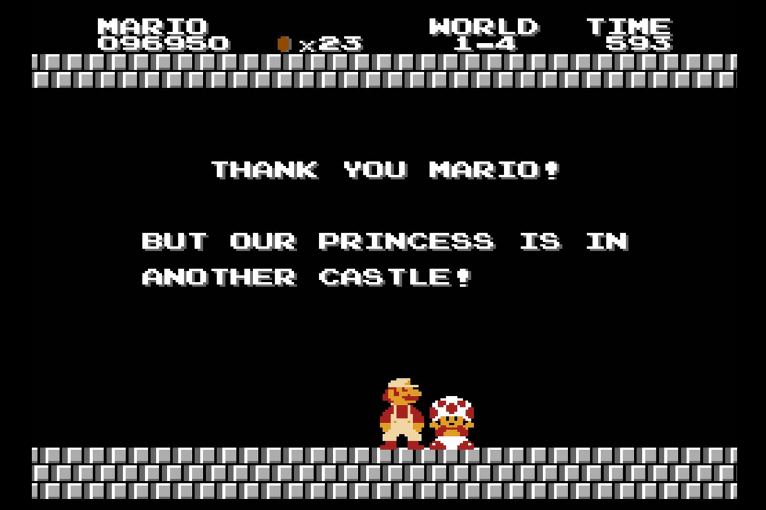Learning is a battle against time.
Work is complicated. Things change quickly. People can absorb and recall a limited amount of information. L&D never has enough time to tackle every learning and performance challenge.
If we were characters in Super Mario Bros, time would be Bowser. (Figure 1)

Figure 1: Bowser plays the part of Time in your work life. Image: Pixabay
When I started in L&D, I didn’t really know who or what I was “fighting.” I wasted effort being competitive with “level bosses” like SMEs, managers, compliance, and IT. It took me years to realize we were all in the same battle against a singular foe. This became especially clear when I supported contact centers. Process changes and product releases constantly overwhelmed my capacity. Agents were glued to their desks and unable to attend classes. I couldn’t change how the business operated or force people to learn. I didn’t have any cheat codes or extra resources. Requests just kept coming. If I wanted to save the princess (aka make an impact), I had to take a step back, reassess my toolkit, and start fighting my real adversary: time.
Ten years later, I’m still losing to time. Maybe time is more Tom Brady than Bowser. That said, the score is a lot closer than it used to be. Here are four concepts I’ve applied to tip the scales in my L&D battle against time.
Rethink the model
Structured training is important, but it won’t get you far in the fight against time. Most people, especially frontline employees, are too busy to dedicate hours to classroom sessions or digital courses. Reskilling and upskilling demands will not slow down so L&D can spend six months designing and deploying solutions. To smack time with a wallop of a first punch, L&D must acknowledge that our job is not to scale the version of learning in Figure 2...

Figure 2: Traditional classroom. Image: Pixabay
Instead, we should be trying to provide everyone with a learning experience like this one in Figure 3 ...

Figure 3: One-on-one coach. Image: Pixabay
Organizations may not be able to provide every employee with a personal coach. However, L&D can architect an ecosystem that shifts workplace learning from a one-to-many model to more of a one-to-one, right-fit approach.
Focus on fit
Having a person sit next to you and explain how to do things and provide immediate feedback is the ultimate version of learning in the flow of work. Unfortunately, it’s unrealistic or unsustainable for most roles. An employee may have a dedicated trainer during onboarding and a manager that checks in with them now and then. But they’re on their own most of the time.
This is where L&D can play the metaphorical role of an “always-on coach". This doesn’t mean you have to build a digital assistant. Rather, we must base our strategy on workplace reality and determine how we can provide support that really fits within the day-to-day for the people we’re trying to help. After all, working on a manufacturing line is very different from working at home. Regardless of role, we can’t expect busy employees to always come to L&D for help. We have to go to them.
When transforming your learning ecosystem, start by asking questions such as:
? How and where do employees spend most of their time at work?
? What tools, resources, and devices do they use?
? What types of challenges pop up on the job?
L&D solutions should begin with tactics such as on-demand knowledge, microlearning, and performance support. These concepts fit within the workflow, are accessible via existing devices, and help solve common problems. They allow employees to make better use of their limited time while improving their performance. Therefore, they should become the foundation of modern workplace learning while traditional tactics take a backseat.
Adopt a curation mindset
L&D doesn’t have time to build and maintain resources for every possible topic. We tend to get stuck on the latest business priority along with stuff that just has to happen, such as onboarding and compliance programs. The rest never reaches the top of the list. L&D can’t manufacture time to tackle more problems. We need to bring in outside help.Rather than taking a builder’s approach, L&D pros must shift mindsets and approach our work as curators. Of course, we’re still going to build stuff. But we should only build the right stuff—the stuff that requires specific skills to tackle complex problems. The rest should be curated using a bring/buy/build framework. (Figure 4)

Figure 4: The bring/buy/build framework
- Is the topic general enough to leverage open resources and crowdsourced knowledge? Then bring it.
- Has a trustworthy partner already solved the problem, making it more efficient to leverage their expertise? Then buy it.
- Is the topic and/or application of knowledge and skill unique to our organization? Then build it.
L&D should install a formal curator who can dedicate their time to enabling experts across the organization to share their knowledge in consistent, actionable ways.
Accelerate with tech
Besides mindset, technology is the best weapon L&D has in this battle. Transitioning classroom training to digital content—when it's the right fit—is just a starting point. Modern tech can help L&D pros and employees make better use of their limited time in a variety of ways. For example, artificial intelligence is being applied to:
- Automate administrative processes, such as user provisioning, course administration, and reporting
- Connect people to the right resources through personalized paths and recommendations
- Guide managers to provide targeted coaching
- Assist instructional designers in authoring draft-quality learning content
- Translate resources into preferred languages in real time
- Measure the impact of learning on business results to validate return on investment
The next generation of L&D technology will help us balance efficacy with efficiency and provide the right solutions to the right people at scale.
Howard Stark once said, “No amount of money ever bought a second of time.” L&D can hire more people. We can buy more technology. But there will always be the next business priority or unexpected disruption. We’ll always have to make tough choices regarding the projects we take on. We’ll always have to work within the limitations of the human brain.To design a learning ecosystem that can help people do their best work every day, L&D must stay focused on the real villain: overcoming the limitations of time. Otherwise, after every victory, we’ll discover that we still more levels left to play because our princess was in another castle all along. (Figure 5) 
Figure 5: Oops. Wrong castle!
Be safe. Be well. Be kind to the frontline.



